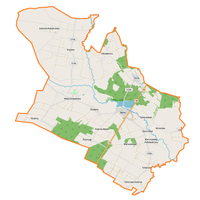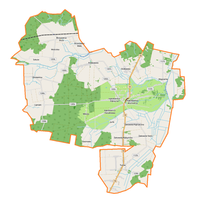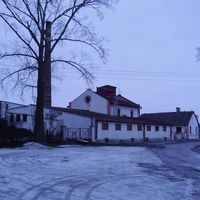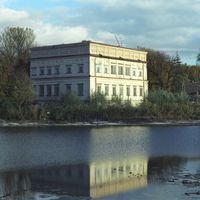Radzyń County
7.57
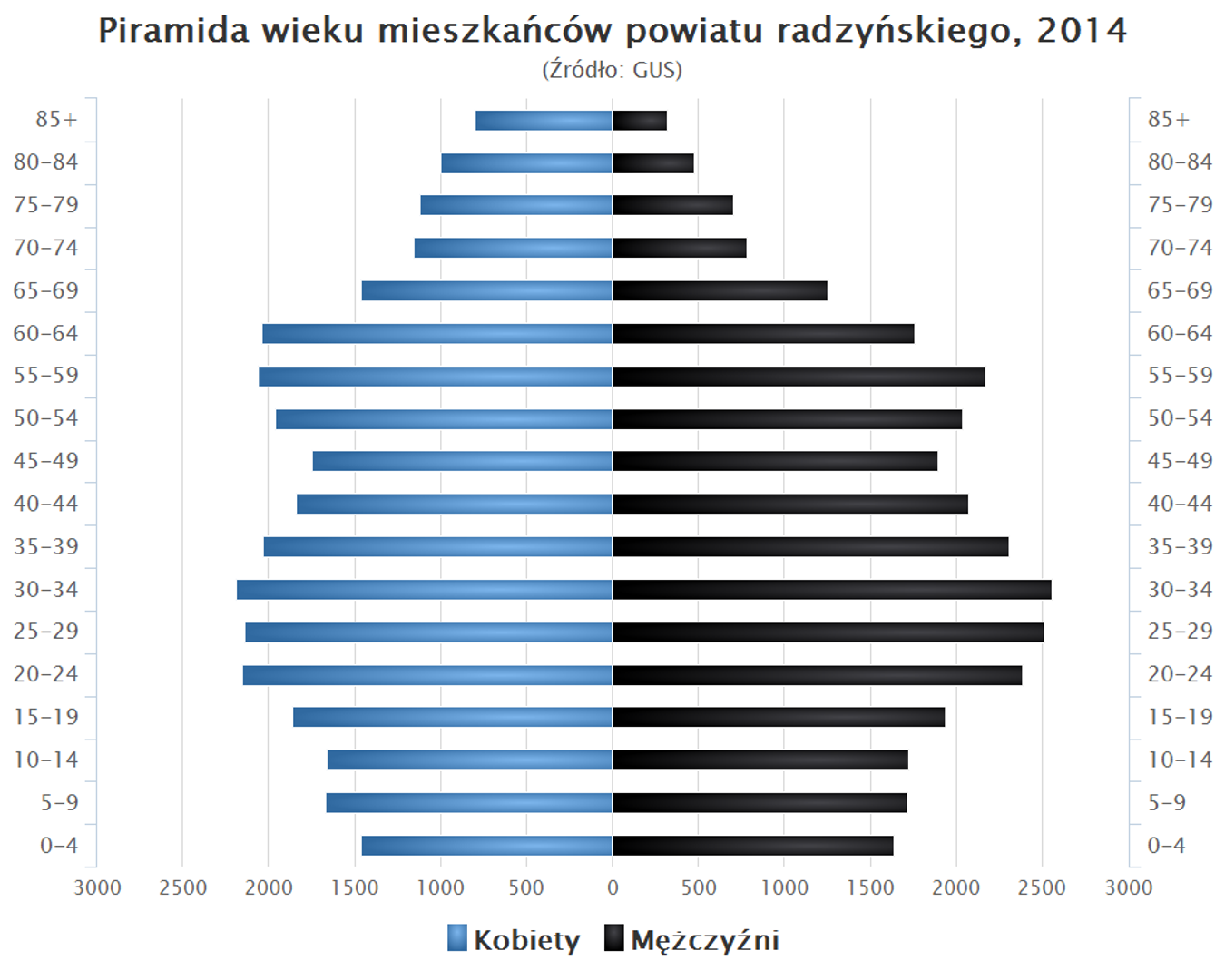
Overview
Radzyń County, located in eastern Poland within the Lublin Voivodeship, was established in 1999 as part of the administrative reform. Its seat is the town of Radzyń Podlaski. The county comprises urban municipalities (Radzyń Podlaski), urban-rural municipalities (Czemierniki), and rural municipalities (Borki, Kąkolewnica, Komarówka Podlaska, Radzyń Podlaski, Ulan-Majorat, Wohyń). It covers an area of 965.06 km², with a population of 55,021 residents as of the end of 2023. The main rivers are the Tyśmienica and the Bystrzyca, and to the east lies the Wieprz-Krzna Canal. The history of the county dates back to the Duchy of Warsaw, when Radzyń County was first established in 1810. After the reform of 1816, the county was incorporated into larger districts, and through various administrative changes, including those related to the partitions of Poland, the county's borders underwent numerous modifications. During the interwar period, Radzyń Podlaski became the county seat, but during World War II, the Germans introduced their own administrative divisions. After the war, Radzyń County was restored in 1944, and further administrative reforms took place during the Polish People's Republic, including the creation of Parczew County in the 1950s. In 1999, following the establishment of counties, Radzyń reappeared on the map as an independent unit. Culturally, the county is rich in traditions, reflected in local festivals and customs. The architectural aspects of the region include interesting monuments, such as the palace in Radzyń Podlaski, which is a symbol of local history. Interestingly, Radzyń County was an important administrative center as early as the 18th century, and its history is linked to various political and social events, making it an interesting place for both tourists and history researchers. Despite challenges such as an unemployment rate of 5.7% in 2019, modern Radzyń County continues to develop its local traditions and strives for economic growth and improved quality of life for its residents.
Location
State
Lublin Voivodeship
Country
2025 Wizytor | All Rights Reserved






